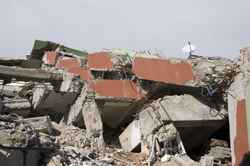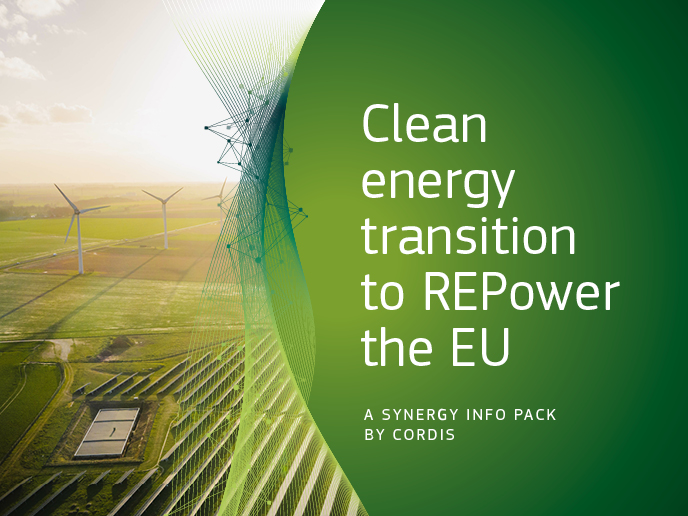Russia, Europe join forces to improve earthquake prediction
Funded by the EU, the 'Processing Russian and European Earth observations for earthquake precursors studies' (PRE-EARTHQUAKES) project analysed observations from more than 20 satellite systems and around 100 ground-based stations. Major satellite systems include those of the European Space Agency (ESA), the Russian agency Roskosmos and the National Aeronautics and Space Administration (NASA) of the United States. The scientists collected a staggering amount of data to develop the new system, which relies chiefly on anomalous variations of surface and atmospheric parameters up to the ionosphere that indicate an impending earthquake. The system was developed by first integrating and evaluating the inclusion of selected past events followed by a real-time integration and monitoring phase designed to test the performance of a pre-operational system. The new system was based on the best data and methods from the first phase. After only two years of operation, PRE-EARTHQUAKES can boast results that have far exceeded initial expectations. A total of 6 165 measurements were made, more than 2 000 different combinations of independent observations were realised and over half the algorithms previously in use have been improved. To facilitate the growth of the consortium and potential continuation of its work after the close of the project, the researchers adopted international standards for data exchange and a policy on non-disclosure of information. They also developed a PRE-EARTHQUAKES geoportal (PEG) as an open access integration and visualisation tool. One major result achieved through collaboration with end users was to demonstrate the use of the system in a pre-operational context. The project team found in a recent seismic crisis in Italy that decision makers need a system that integrates all available relevant data to guarantee a dynamic assessment of seismic risk (DASR). This can then be used to adjust the prevention actions put in place by local authorities. PRE-EARTHQUAKES is the first of its kind to join international researchers in the study of the preparatory phases of earthquakes. The project website(opens in new window) is visited by interested parties from over 100 countries. Workshops, press releases, conferences, TV interviews and 18 scientific papers complete the wide-ranging media coverage for this socially and economically crucial topic.







